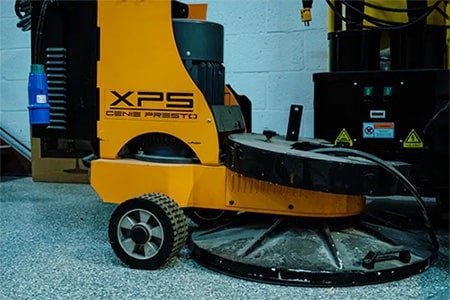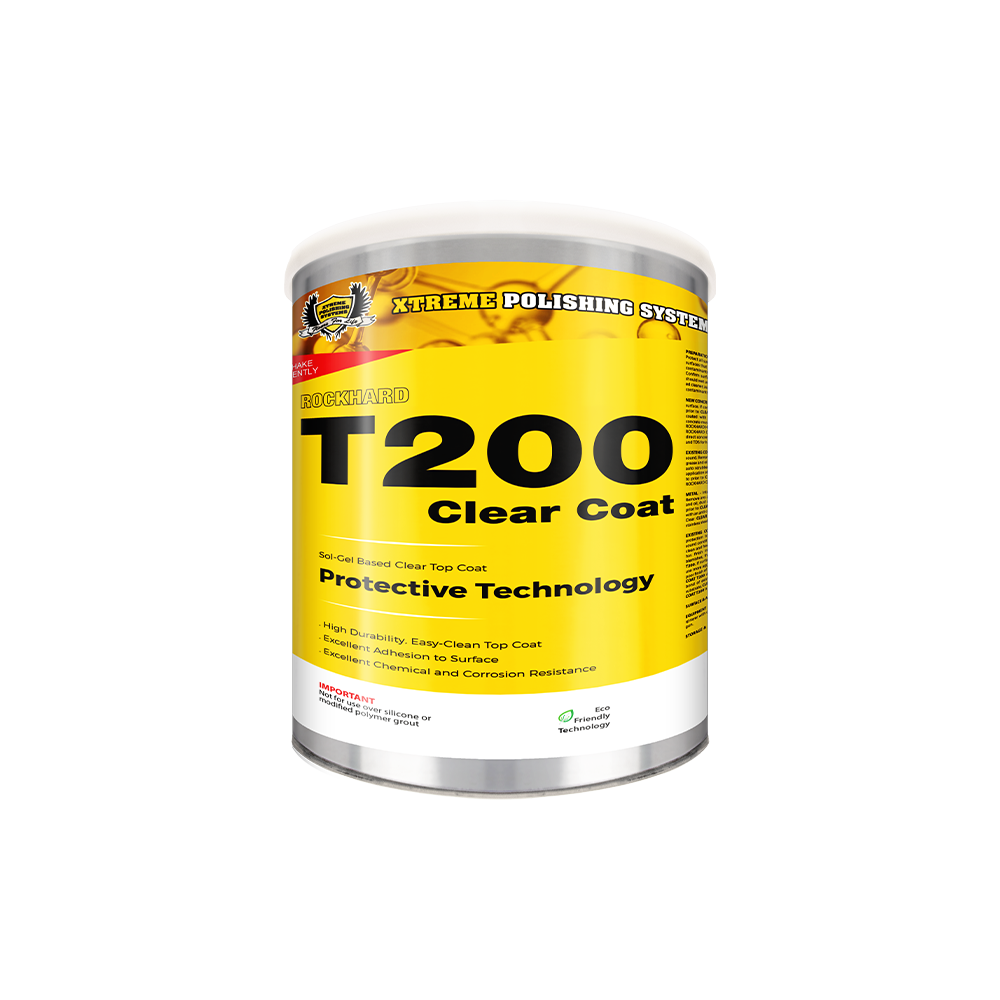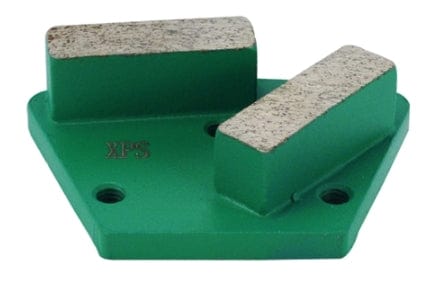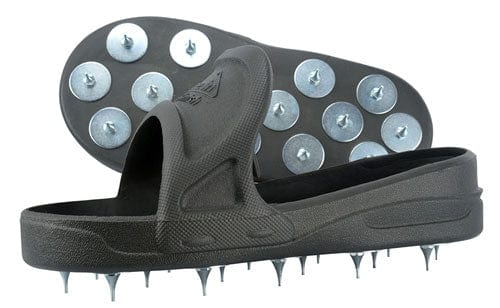Epoxy is one of the most versatile products in our homes today, found almost everywhere. For countertop applications, epoxy is increasingly used as a protective and decorative finish. Epoxy finishes can achieve artistic features such as faux granite and marble effects on tables and countertops.
There are many valid reasons to choose epoxy for countertops. These include durability, strength, scratch resistance, and the overall ability to be applied to most concrete surfaces used today.
What is Epoxy Countertops?

Natural materials like quartz, laminate, and granite countertops can be purchased in pre-made slabs from a supplier and installed in your kitchen or bathroom. Epoxy countertops, however, are typically not readily available prefabricated unless it is specifically requested. Epoxy countertops that are made available for prefabrication can be very expensive and hard to find.
An epoxy countertop kit is a resurfacing material that is much more affordable and can be easily used to refinish an existing surface. In order to revitalize worn-out concrete, ceramic, laminate, and wood countertops, users will layer them with epoxy. By doing this, the surface underneath will be protected and given a high-shine, glossy finish. There are many types of materials that epoxy will work well with, including wood, glass, ceramic, stone aggregate, cement, and most metals. It is important, however, to ensure you are using the proper epoxy product before applying it.
Our team of experts at Xtreme Polishing Systems recommends consulting with them before beginning any countertop epoxy project, especially advanced ones such as creating river tables.
What is the Best Epoxy for Countertops?

The market is saturated with different types of epoxy for countertops and tables, but to ensure the best results, choose an epoxy with these characteristics:
- Self-leveling properties - You need to ensure that the epoxy you choose has self-leveling properties on its label even though most epoxy will flow out and level itself. Using the proper application tool, you can effectively spread the epoxy material as you pour it over the countertop surface area. As a result, your application will always produce a smooth, even surface.
- Scratch-resistance - The strength, durability, and beauty of epoxy are unmatched. It is true that epoxy surfaces provide mild scratch resistance, but they are NOT scratch-proof to the fullest extent. If you try hard enough to scratch it, like most surfaces, it will scratch. Ensure utmost scratch resistance that can handle all of your everyday activities by allowing it to cure for 30 days.
- Heat-resistance - It can be deceiving from brand to brand to see what heat-resistant temperature limit epoxy has. Despite epoxy brands boasting incredibly high heat-resistant temperatures, don't be fooled. Make sure your epoxy surface is handled with care at all times. Xtreme Polishing Systems countertop epoxy products are among the most durable epoxy brands. Using protective padding underneath pots and pans is a smart way to protect your countertop if it is intended for use in the kitchen. Cooking equipment heated on the stovetop or in the oven may expose the finish to some incidental heat, but the finish is not meant to withstand normal kitchen temperatures. Additionally, epoxy is not fireproof.
- Viscosity - Often, people don't pay attention to viscosity. In what ways does it matter? In order for a table or countertop to self-level and flow over the sides, low-viscosity epoxy is essential. In addition, if the viscosity is too low, it will run off like water and not be thick enough. It is recommended that epoxy for tables and countertops be viscous, like honey. When troweled over the surface with a 1/4" notched spreader, it should provide a 1/8" final thickness. Xtreme Polishing Systems countertop epoxy product cures properly at a thickness of 1/8" because it has a viscosity appropriate for the desired thickness.
- Epoxy quantities - Depending on the size of your project, the amount of epoxy you will need will vary. You may have a problem finding enough epoxy at your local home improvement center because they tend to sell only small quantities. Usually, there are two parts to an epoxy coating kit (Part A and Part B) that are blended before use, so usable working time is an issue. There will be visible breaks or runs where one pour stops and another begins if you don't have enough epoxy to cover your entire table or countertop at once. You can get a proper estimate of your needed usage by speaking to one of our product experts.
- Project-specific epoxy - There are different types of epoxy, and not every epoxy is suitable for bar tops, table tops, or countertops. The advantages of an epoxy formulated specifically for tables and countertops may not be offered by a construction-grade epoxy or a marine-grade epoxy. In spite of the fact that most epoxy is made from similar raw materials, not all epoxy is universal. Compared to marine-grade epoxy, construction-grade epoxy has a different pot life and working time, which makes it unsuitable for use in table and countertop applications.
How to Apply Epoxy to Countertops

The proper steps to follow before applying epoxy to your countertop are as follows.
STEP 1 - Surface Cleaning: Before applying any coating application, surfaces should be free of dust, dirt, debris, cured materials, oil, and grease to ensure proper adhesion. If grease or chemical stains are to be removed, specific cleaning agents may be required.
STEP 2 - Surface Profiling: In general, surface profiling involves sanding down the surface area to which epoxy is being applied. Hand-held angle grinders combined with a dust shroud and specialty grinding discs can be used to complete this step.
STEP 3 - Surface Repair: Any protrusions should be repaired once the profile has been established. You should also patch cracks on the surface if there are any. Surface repair products can be used to repair cracked or damaged surfaces, preferably concrete. Choosing products that are long-lasting, water-resistant, and chemical-resistant is important when selecting surface repair products. This step will not apply if your countertop surface doesn't have any existing protrusions.
STEP 4 - Application: A countertop epoxy kit usually consists of epoxy resin and hardener packaged in a box. As directed on the product label, these containers are mixed together and applied directly to your countertop surfaces. For a complete video tutorial on how to apply metallic epoxy to your countertop, watch our video!
How to Apply Metallic Glitter Epoxy to Your Countertop
Conclusion

The value of a home or office can be increased by installing epoxy countertops. With this resurfacing solution, you can transform and improve the structural integrity of your countertops without spending so much money. Aside from concealing cracks, this product repairs and protects damaged surfaces, and it restores the surface's original appearance. As an added bonus, epoxy countertops can be customized to enhance the ambiance of any room.
Our team of experts will be glad to answer any questions you might have regarding the best epoxy application methods that are suitable for your project. Speak to a PRO today!
